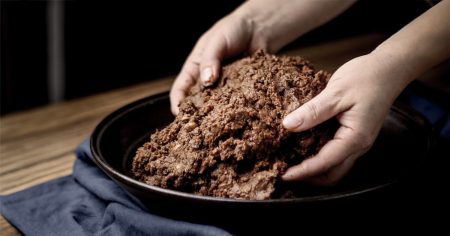The General Motors (GM) diet is a seven-day low-calorie diet that promises quick weight loss, with some sources claiming you can lose up to 15 pounds in a week. The origin of the diet is unclear, with some attributing it to General Motors in the 1980s. However, there is no mention of the diet on official GM resources. The plan consists of a strict outline of foods to consume each day, including fruits, vegetables, milk, lean meat, brown rice, and lots of water. The diet starts off with just fruit on the first day and gradually introduces more foods as the week progresses.
Throughout the week, the GM diet includes specific guidelines for what to eat each day. For example, on the first day, participants are instructed to eat an unlimited amount of fruit, except bananas, and drink plenty of water. On the second day, only vegetables are allowed, cooked without oil, with some sources mentioning a boiled potato for breakfast. The diet continues with a combination of fruits and vegetables, bananas and skim milk, tomatoes and brown rice, chicken or fish, and finally, brown rice, vegetables, and fruit juice on the last day.
Although the GM diet may result in weight loss due to its low-calorie nature, it is not recommended for long-term or sustainable weight loss. Following such a restrictive diet can lead to unhealthy eating behaviors, nutrient deficiencies, and may even trigger disordered eating patterns. Additionally, rapid weight loss from crash diets like the GM diet is often temporary, as the weight is likely to be regained once normal eating habits are resumed.
It is advised not to try the GM diet due to its unhealthy and potentially dangerous nature. Instead of looking for quick fixes like fad diets, it is best to focus on long-term, sustainable weight loss through balanced and nutritious eating habits. Healthy weight loss recommendations suggest losing 1-2 pounds per week, which is more achievable and safer for overall health. Increasing the intake of healthy foods like lean protein, fruits, vegetables, and whole grains, while also ensuring an adequate intake of fiber and protein, can aid in weight loss goals in a healthier and more sustainable way.















